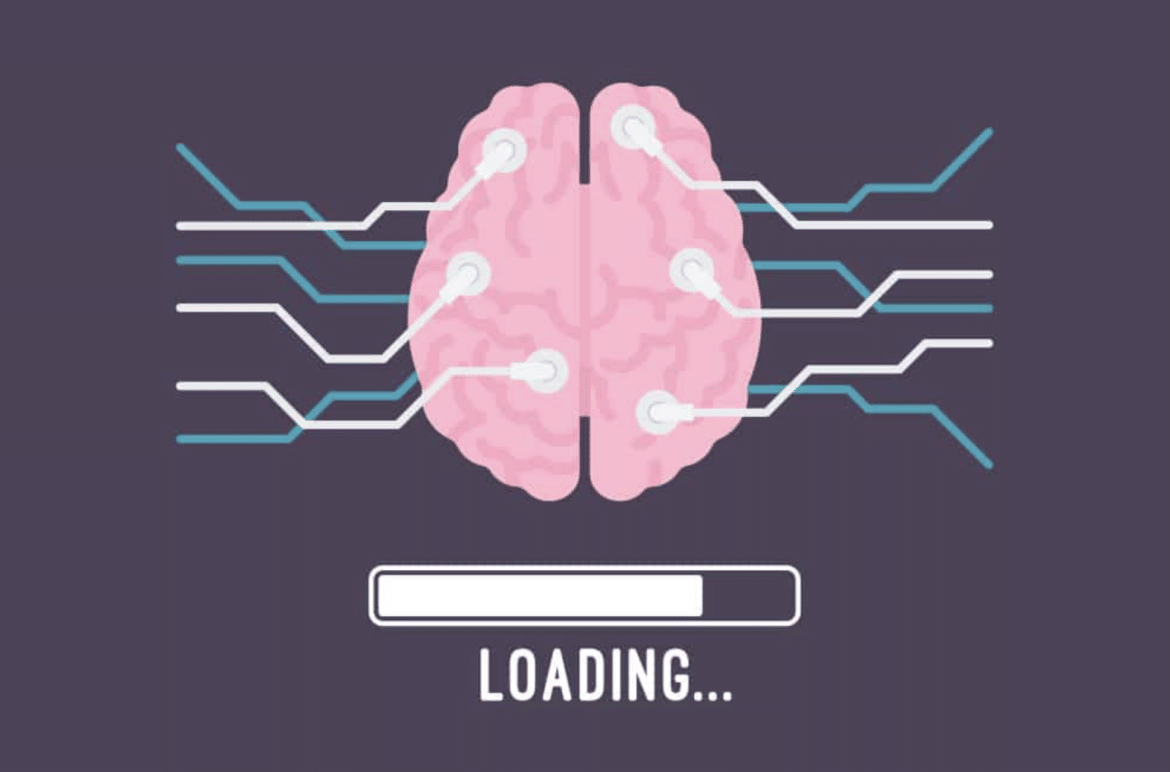If you’ve ever felt overwhelmed or confused by an advertisement, you’ve personally experienced cognitive load in action. Cognitive load has become one of the most important factors to consider when creating advertising campaigns. At the core of this concept lies the idea that the human brain can only process limited amounts of information at any given time. It only takes the brain approximately 13 milliseconds to process what your eyes see. But even adding an extra millisecond could make the difference in grabbing someone’s attention or being passed over.
If you are creating advertising for your brand, the goal is to capture the viewer’s attention and deliver your message quickly and effectively. If an ad is presented in a way that requires too much mental effort, there is a risk that the viewer could tune out or fail to engage with the message altogether.
Let’s take a closer look at why this phenomenon matters and share some tips to create ads that minimize the cognitive load and increase the effectiveness of your campaigns.
In today’s world, viewers are inundated by spurts of information. Between 15 second TikToks, punchy social media reels, and the ability to quickly scroll over anything that doesn’t intrigue them, their capacity to pay attention to any given stimulus has become greatly diminished. What does this mean for your brand? It means your ads have to quickly grab the viewer’s attention, translate the message appropriately, and encourage an immediate response. Minimizing a viewer’s cognitive load should be a top priority when creating content for advertising.
So how do you minimize the cognitive load when you create an ad?
Keep reading this article on Infinity Concepts.



